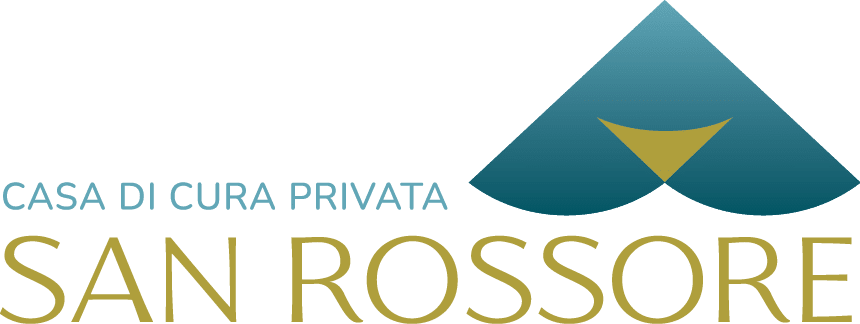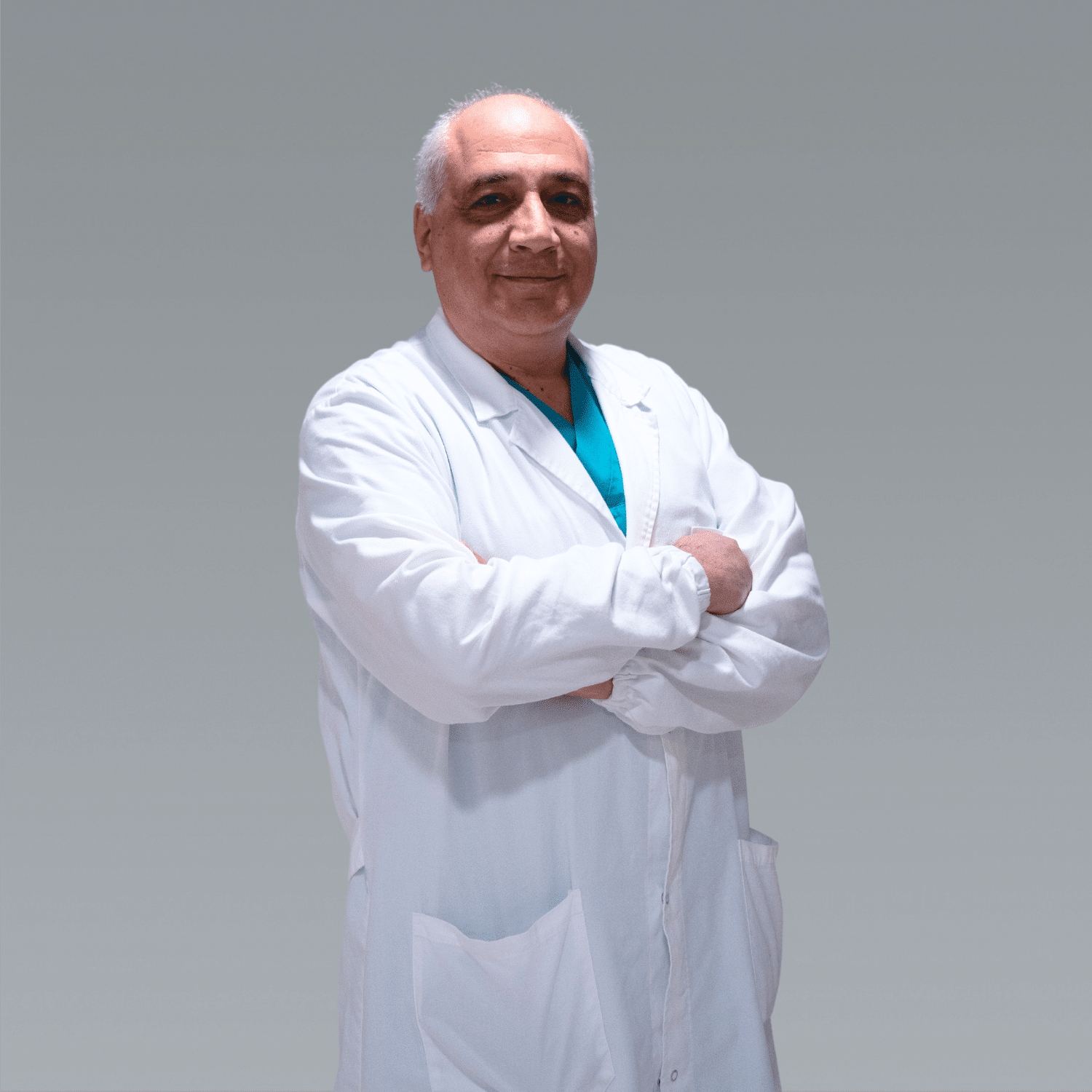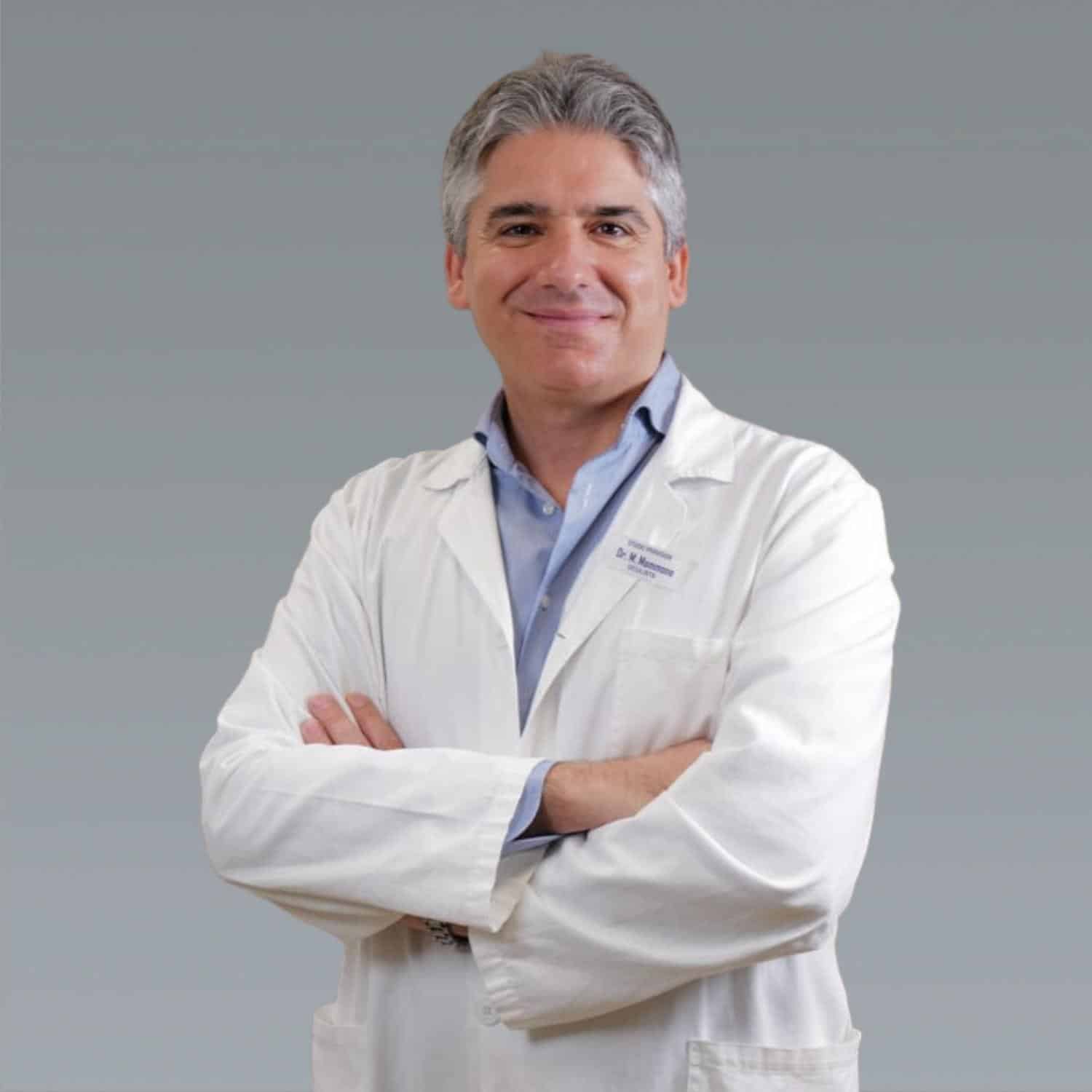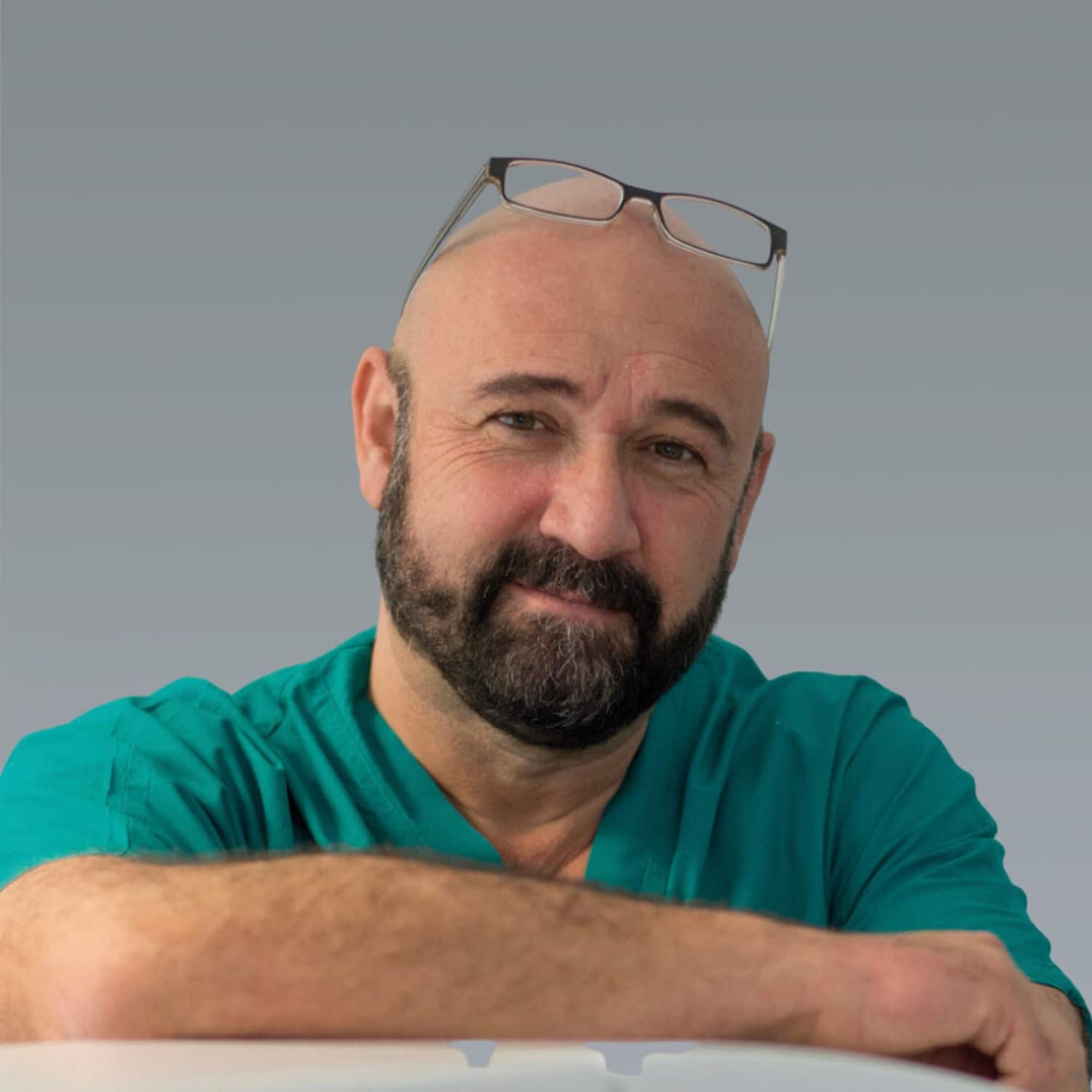Ophthalmology
At Casa di Cura San Rossore you can find the following services:
- Ophthalmology outpatient clinic with
– OCT (retinal tomograph) for the diagnosis of macular diseases
– Angiograph for diagnosis of retinal pathologies
– Visual field to study glaucoma damage and neurological problems
– Corneal map for corneal topography - YAG and Argon laser for retinal pathologies and secondary capsule opacities after cataract surgery
- State-of-the-art laser center for correction of refractive flaws, corneal pathologies and keratoconus
- Pediatric ophthalmology
The operating room among the Ophthalmology equipment has a high-speed Vitrectome for minimally invasive retinal surgery and a state-of-the-art Phacoemulsifier for cataract removal, using ultrasound or vibration. Prof. Stanislao Rizzo’s team also performs Retinal Prosthesis surgeries on patients with retinitis pigmentosa.
Eye Center for Laser Surgery
A center entirely dedicated to the care of your eyes
The Eye Center for Laser Surgery is the first in Italy to have all the most advanced technologies currently on the market.
In fact, it is equipped with state-of-the-art instrumentation to treat all possible visual defects.
For info write to chirurgiarefrattiva@sanrossorecura.it or call the secretary’s office at 050 586424
Performance and therapy
- Next-generation ECCIMER LASER for the treatment of refractive situations. This innovative laser represents the highest level of technology on the market today. Thanks to the truncated hypermetrophic profile, developed by Prof. Paolo Vinciguerra, the Excimer Laser is able to create maximal optical zones that avoid nighttime halos, a typical and annoying complication of previous refractive treatments.
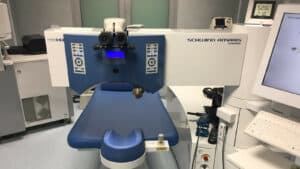
- FEMTOSECONDI LASER (click on the name to view the introductory video), for creating super-thin 90-micron flaps, allows Femto Lasik to be performed with maximum corneal tissue sparing. Si tratta della tecnica ad oggi più avanzata per la correzione di ogni tipo di difetto visivo ed è la metodica scelta dalla NASA e dai corpi militari US, per la sicurezza ed i risultati che garantisce. The treatment involves the creation, by femto laser, of a very thin corneal lamella (flap), which is raised to perform excimer laser treatment of the visual defect in the deeper layers of the cornea itself. When the treatment is finished, the flap is repositioned in its initial location, where it naturally adheres in a few seconds by capillarity, as if it were a natural contact lens. The use of this machine also enables the performance of other types of corneal surgeries, such as Corneal Transplantation, the implantation of Intracorneal Rings, and the creation of Intracorneal Pockets for the implantation of Presbyopia corrective micro-lenses.
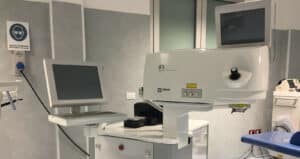
- FEMTO LASIK ZEISS VISUMAX click on the name to view the introductory video), for performing the innovative procedure Smile, or the treatment of the vices of Myopia and Astigmatism, through micro-cutting and extraction of a corneal lenticule. This type of surgery, which allows us to correct the defect without weakening the cornea and without having to cut its nerves, is reserved for sportsmen, high myopes and those who suffer from dry eye.
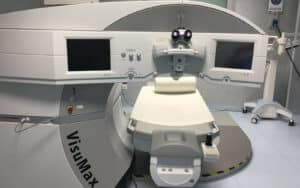
- CROSSLINKING ACCELERATED allows the treatment of keratoconus and strengthening of the cornea during a Femto Lasik treatment, where it is deemed necessary (ex. thin corneas).
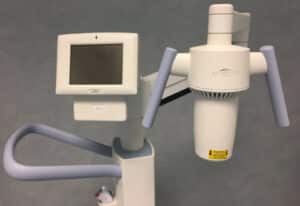
- FEMTO CATARACT (click on the name to view the introductory video in English), for the treatment of cataracts, performed in the operating room. The Femto Cataract allows the lens to be shattered with the eye closed, ensuring maximum precision and safety for the patient, and spares the cornea from ultra-sonic suffering in the most absolute way, which happens in traditional cataract surgery. Following this treatment, multifocal lens implantation can thus be carried out at a later date for the correction of refractive defects, both near and far, in complete safety.
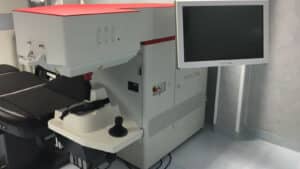
Benefits available for pediatric ophthalmology:
- Examination of the orbital region
- Examination of dioptric media
- Examination of reflexes
- Assessment of visual function and possible measurement of acuity
- Assessment of visual axis alignment and examination of extrinsic ocular motility
- Evaluation of refractive defects
- Ocular fundus examination
- Ocular ultrasound
- Ultrasound of the lacrimal tract
- Autorefractometry
- Transpalpebral tonometry ( congenital/infantile glaucoma screening)
The Child’s Visit
From a practical point of view, it will be useful to make an initial examination in the very first months of life, to exclude the presence of defects that hinder normal development, always taking into account, in analyzing the child’s responses, physiological immaturities due to age.
In the event that this checkup shows no signs of pathology, a second checkup can be done around the 3rd year and then around the 5th, this is to prevent possible amblyopia due to factors that in the neonatal examination may not yet have presented themselves.
Examining the child requires a proper strategy in scheduling the various stages of the examination, postponing those diagnostic tests that strain the relationship with the young patient (since they require, for example, the application of eye drops)and those that are only secondary or incidental to the diagnosis.
It is perhaps superfluous to emphasize, therefore, that the order of investigations we suggest will then be usefully adapted by the specialist to individual cases.
The Phases of the Visit
- Family, maternal and personal history
- Inspection of the face and orbital region
- Examination of dioptric media
- Examination of reflexes
- Assessment of visual function and possible measurement of acuity
- Assessment of visual axis alignment and examination of extrinsic ocular motility
- Evaluation of refractive defects
- Ocular fundus examination
- Ocular ultrasound
- Ultrasound of the lacrimal tract
- Autorefractometry
- Transpalpebral tonometry ( congenital/infantile glaucoma screening)
